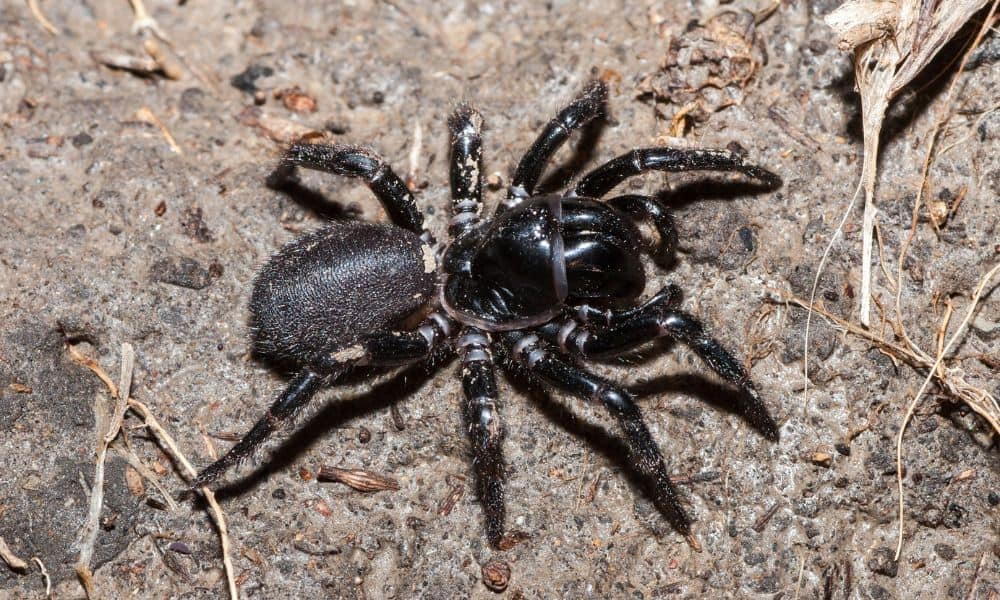Arachnophobia is a fear of spiders. And for some people, spiders are more terrifying than death! Arachnophilia is a love of arachnids with a focus on spiders. (It’s also a Java source code editor by Paul Lutus. The pun and metaphor are derived from structural World Wide Webbing.) Spider ID has confirmed over 88 species of spiders in Texas. Let’s explore a few.
Spiders in Texas
1. Widow Spiders (Latrodectus)
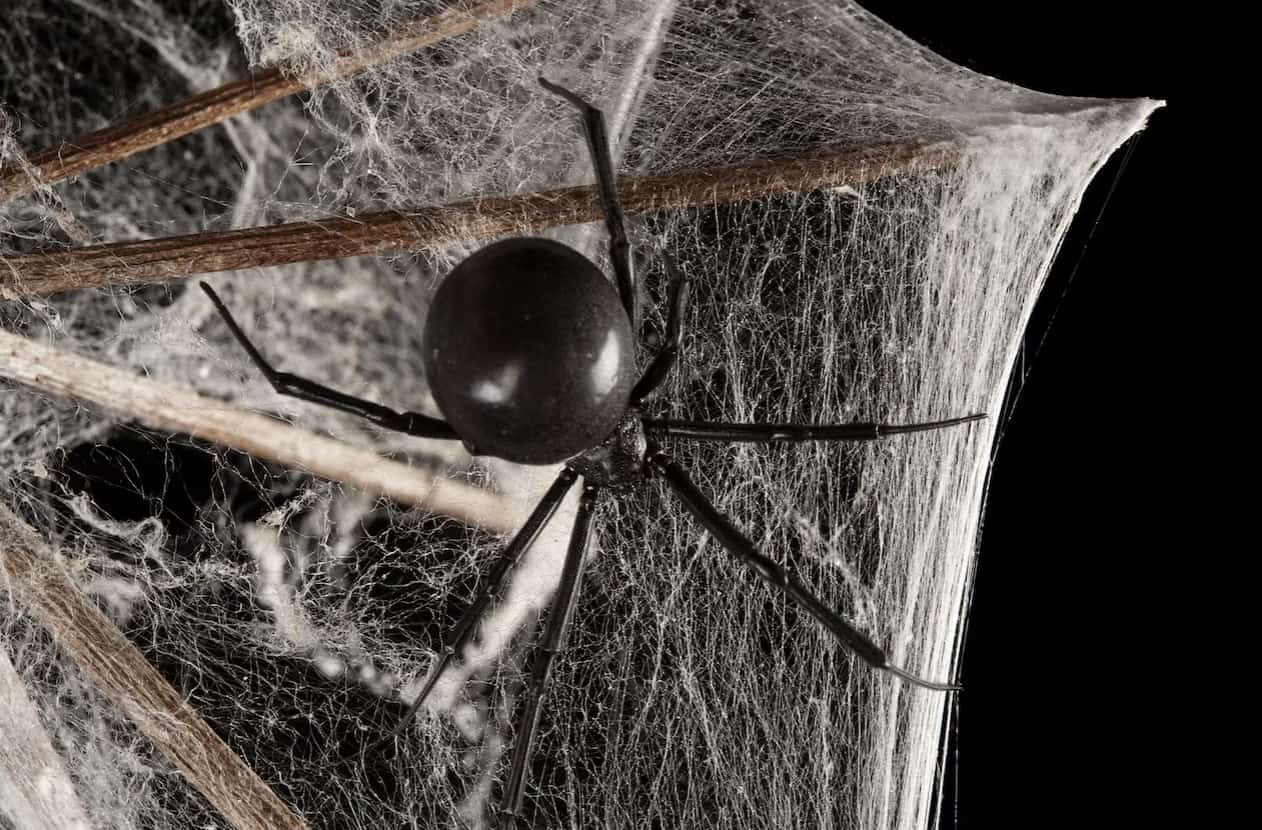
Image Credit: nationalgeographic
These include the Southern Black Widow, Western Brown Widow, and Brown Widow. They live alone most of the year and only seek each other out to mate and reproduce. Yes, females do sometimes kill and eat the male after mating. They need the energy to make their babies!
They have combed feet for spinning webs, and they eat by liquefying and sucking up their prey. Widow spiders have a distinct red hourglass-shaped marking on their abdomen. Their painful bites can kill small kids, elders, or sick people, but are barely toxic to healthy adults.
2. Brown Recluse Spiders
While tons of spiders thrive in Texas, recluses and widows are the most venomous. The first group includes Black Widows and Brown Widows. The best-known members of the second set are Brown Recluse Spiders – light brown with a violin-shaped mark behind their heads.
Nicknames include Brown Fiddler, Fiddleback, and Violin Spider. They’re also called reapers because their bite causes visible necrosis – irreversible death of the affected tissues and cells. But their bite doesn’t kill humans. Most spiders have eight eyes but Brown Recluses have six.
3. Starbellied Spiders
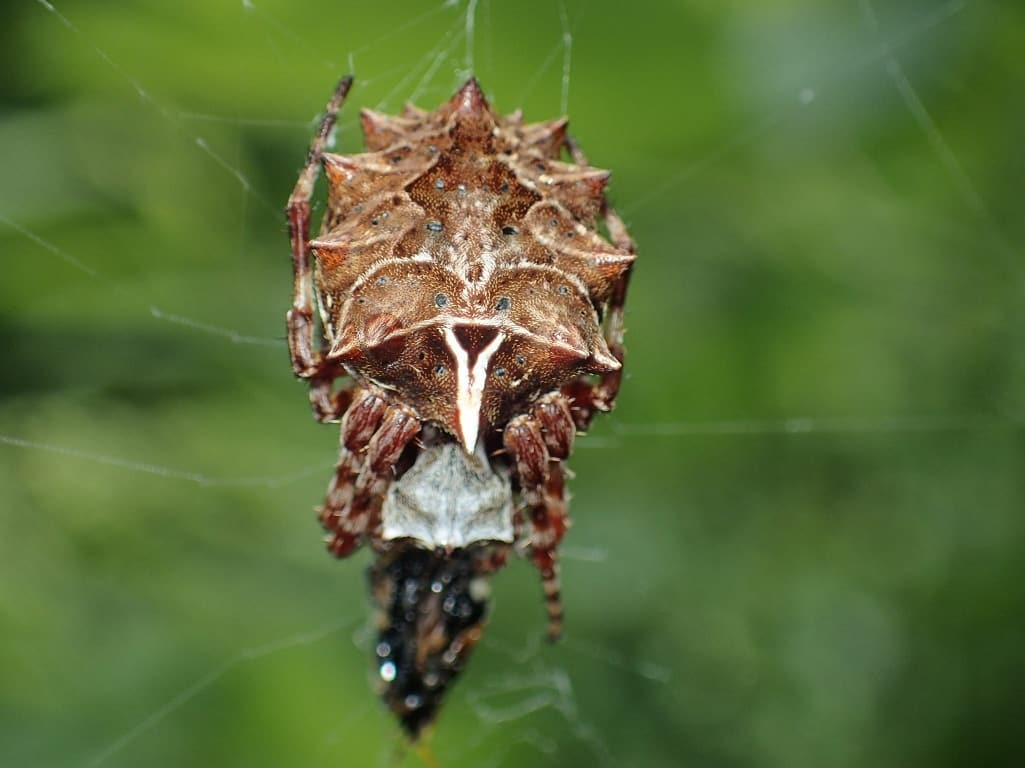
Image Credit: spideridentifications
You probably don’t believe this, but spiders are more scared of us than we are of them! So they generally don’t bite unless they feel threatened. If you accidentally step or sit on one, the pressure on its body feels like it’s about to get squished, so it bites to throw you off itself.
This is a bigger risk with well-camouflaged spiders like the Starbellied Spider, sometimes called the Starbellied Orb-Weaver. Its spiked tummy almost looks like a shell, with colors that easily blend into its habitat. These can range from dull greys to vivid reddish browns.
4. Jumping Spiders
Spiders move really fast. And if you watch close-up shots of them running on camera, it’s even more unnerving. Jumping Spiders push the spook factor to extremes because they don’t just sprint across surfaces or glide on silky strings. They go airborne in quick startling spurts!
The term is generic though, with over 600 genera and more than 6,000 species. Curiously, jumping spiders walk slowly in casual settings and only jump when they’re hunting or feel threatened. They have hairy bodies, massive eyes, and extremely sensitive telescopic vision.
5. Colorful Garden Spiders
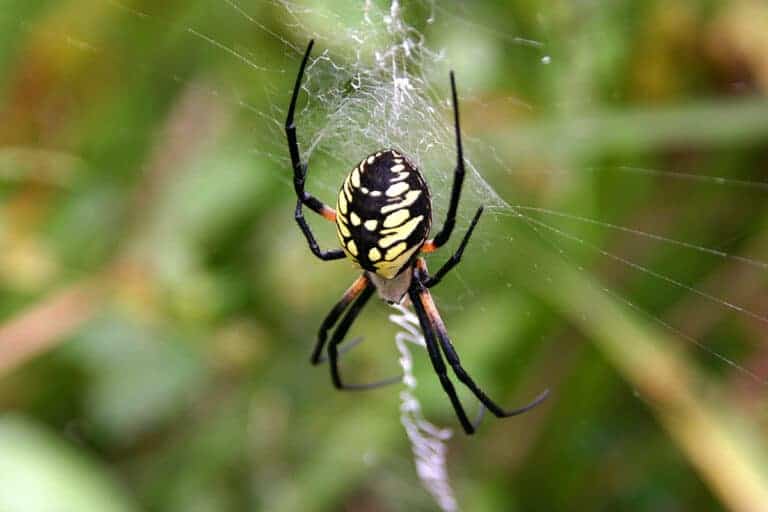
Image Credit: a-z-animals
Some spiders weave nests to trap their prey while others stalk and hunt their targets. But all spiders eat by injecting digestive enzymes into their captives. This liquefies the creature so the spider can slurp it out of its exoskeleton or skin. They can do this with frogs and birds too.
Luckily, their comparative size means spiders can’t eat humans, so if you just ignore it and try not to agitate it, it’ll soon go away. Better yet, grab some binoculars and watch them from a distance. Garden spiders are especially pretty and colorful to camouflage among flowers.
6. Cellar Spiders
Daddy Long Legs is a common nickname for spiders. But it also refers to several species of orchids, crane flies, and a different arachnid called a harvestman. Harvestmen have an oval body, two eyes, eight spindly legs, and a weird smell. But we’re talking about the spider here.
Also known as a Cellar Spider, it differs from its harvestman namesake because it has a tiny head and a peanut-shaped belly to go with its gangly limbs, which can be over four times as long as its body. These legs look scary, but despite the rumors, this spider can’t kill humans.
7. Wolf Spiders
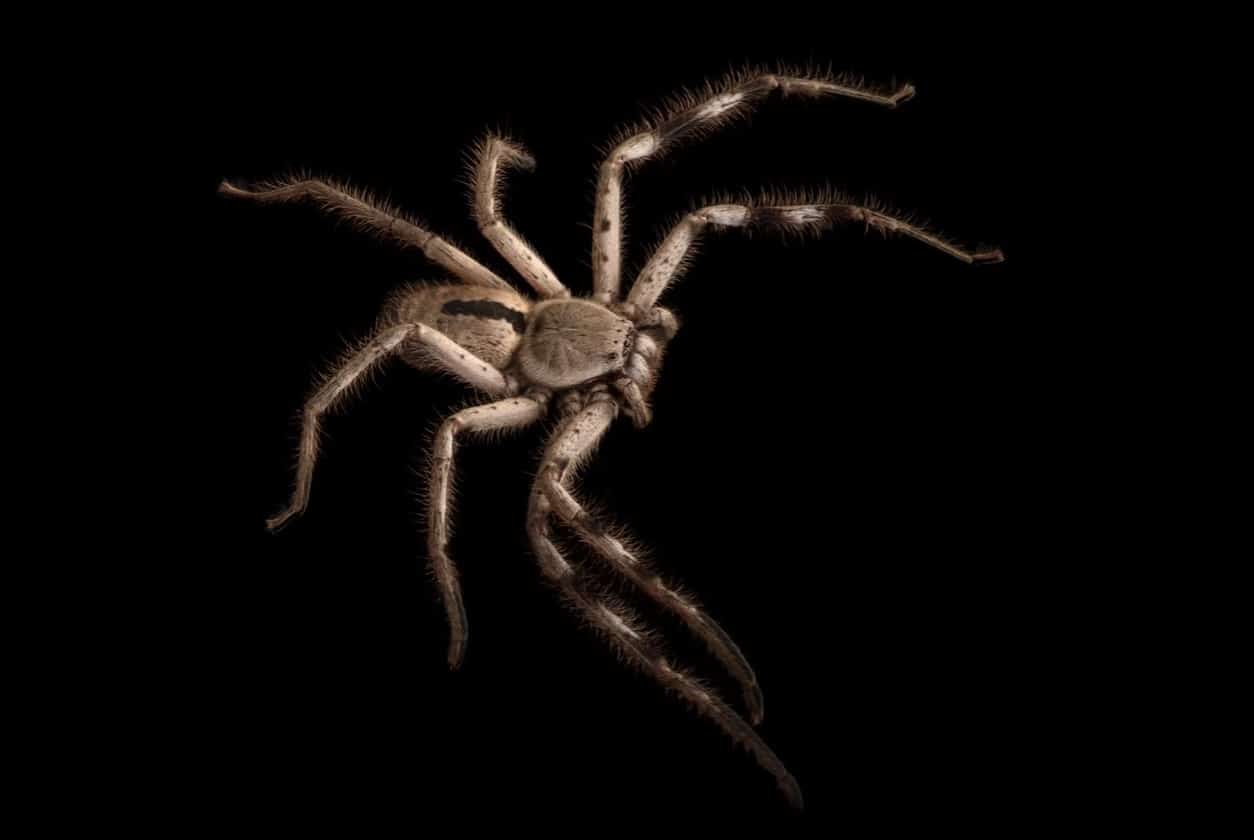
Image Credit: nationalgeographic
As we said before, some spiders use their webs to snag their prey while others prefer to hunt. Wolf Spiders stalk and pounce on their targets like wolves. It’s how they got their name. But while wolves work in packs, Wolf Spiders live and hunt alone, carrying their eggs and babies.
They have two massive eyes, two medium eyes, and four smaller eyes. Pointing a flashlight at the Wolf Spider will make its larger eyes glow. For the record, only Huntsman Spiders and Jumping Spiders have better eyesight than Wolf Spiders. They’re highly effective predators!
8. Crab Spiders
Looking through this list, you may notice all these spiders in Texas are generic names, and that each group covers hundreds or even thousands of subspecies. But their categories are similar enough that you can visually recognize them. Hence class names like the Crab Spider.
With over 2,100 species grouped here, these arachnids are sometimes called flower spiders. They have colorful bodies for camouflage among the flowers where their prey feeds. Their long front legs and short rear ones mean they only move by scuttling backward or sideways.
9. Green Lynx Spiders
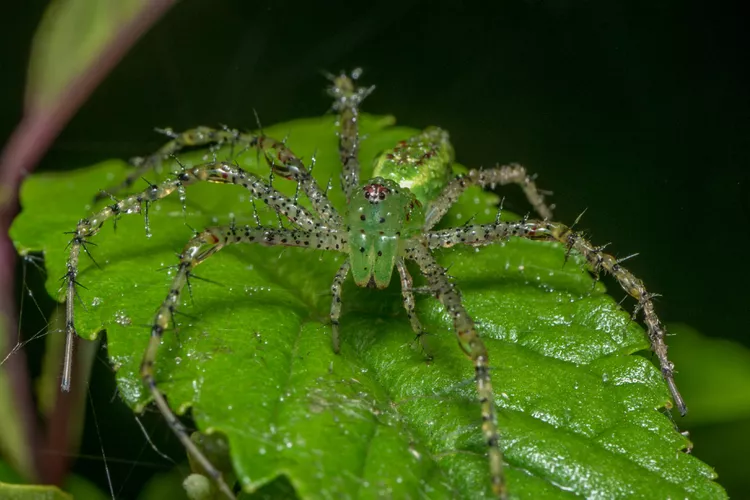
Image Credit: treehugger
We’ve hinted that not all spiders live in webs. But even the homeless ones weave silk that they use as a bungee cord when they’re hunting or traveling. Think of it as their rope for abseiling or rappelling. They can also use the silk to wrap cocoons around their prey or eggs.
And spiders have tons of camouflage tactics. Some flower crab spiders sit on a flower for days and gradually change their body color to match the petals! But Green Lynx Spiders retain a vivid shade that blends into the leaves where they frequently hang out. And they can get big!
10. Trapdoor Spiders
Baby spiders are called spiderlings – which sounds adorably benign to the people they terrify and traumatize. But as we keep saying, a spider won’t bite a human unless s/he startles or threatens it, so keep calm, stay still, and let the critter crawl away. They look scary though …
Our naming systems don’t help either. We give them evocative titles like Trapdoor Spider to make it easier for us to classify them, but it also affects how we perceive them. This spider, for example, builds snares for its prey that any human hunter would be proud of. Look out!
11. Grass Spiders
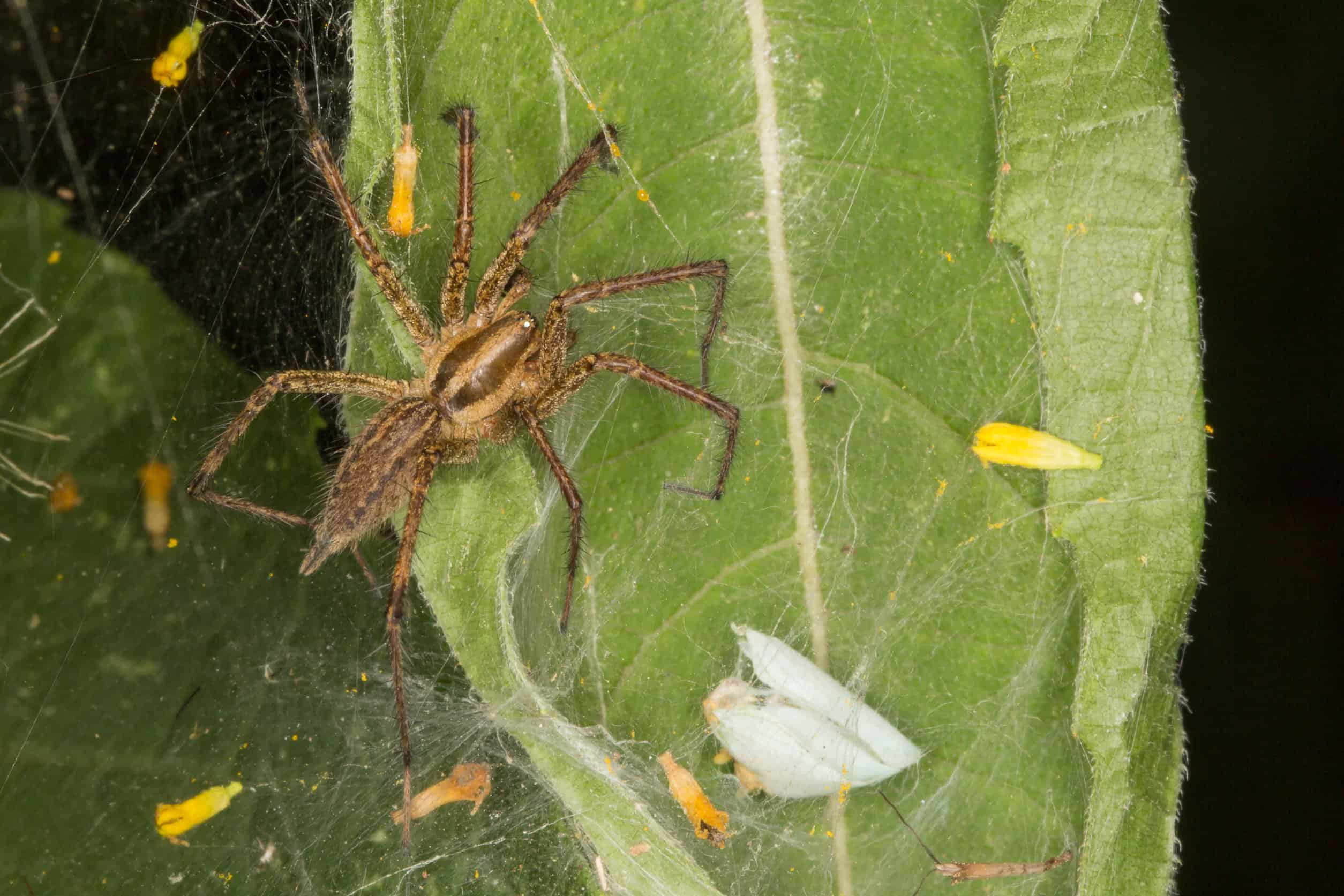
Image Credit: a-z-animals
Think of any photo you’ve seen that showed an intricate glistening web dotted with dew. It was probably woven by a Grass Spider since they use sheet webs to catch their food. These webs often have a protective funnel on one side where the spider can hide as it waits for prey.
When something flies into the web, the spider will quickly sprint out and grab it since the web isn’t intrinsically sticky. Grass Spiders have two dark stripes along their bodies with lighter sideways stripes on their legs. They’re harmless to humans and great for pest control.
12. Fishing Spiders
Crab Spiders are spiders that walk sideways like crabs. And Spider Crabs are crabs with extra long legs like spiders. Yes, it gets confusing! But here’s another weird one. Fishing Spiders in Texas include White-Banded, Six-Spotted, and Dark varieties whose favorite dish is fish.
They’re sometimes called dock, wharf, or raft spiders because that’s where they hang out, and they often have two pale stripes along their bodies. When they notice a ripple, they sprint across the water or dunk themselves in clingy air bubbles to grab bugs and small fish.
13. Southern House Spiders
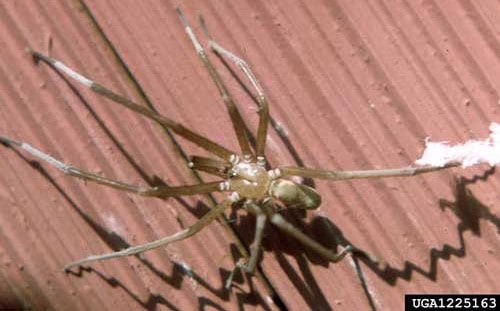
Image Credit: entnemdept
We’ve met some spiders in Texas that have exceptional eyesight. But the Southern House Spider is at the other end of the spectrum. It’s almost blind, but this sometimes makes it seem scarier since it cluelessly crawls across your body when it bumps into you – it can’t see!
And because it has no idea what it’s dealing with, it will play dead if it feels threatened. Also, their name can feel deceptive – you’ll rarely spot Southern House Spiders. They stay hidden, but you’ll find their radial webs full of the bugs they like to eat. Your very own exterminator!
14. Texas Brown Tarantula
Even if you have pets that sleep in your bed, you’ve probably screamed and felt your heart stop when you unexpectedly touched something warm and furry in the dark. Now imagine that warm furry thing crawling on your skin! *shudder* Luckily, tarantulas are puppies.
We get it. They look and feel scary to the uninitiated, it’s all a bluff. This Texas, Oklahoma, or Missouri Tarantula isn’t aggressive. When threatened, it raises its legs to make itself look big and waves them to scare you off. That’s it! Females can live 40 years but males only live one.
15. Arrow-Shaped Micrathena
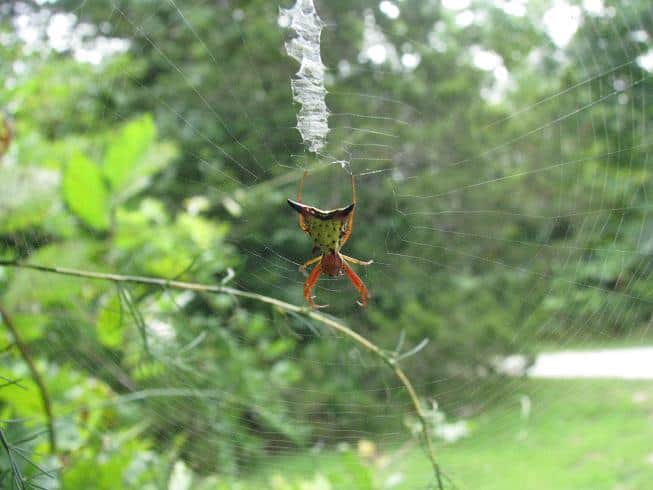
Image Credit: spideridentifications
If you spend a little time on the Insect Internet, you’ll ask yourself why so many bugs look like aliens. It’s those huge eyes, crazy colors, and shiny surfaces. But it’s more likely that sci-fi writers are inspired by bugs so they make their extra-terrestrials distinctly insectoid!
Anyway, we’ll close our list with a spider that looks like the Fashion Week Version of its species. Girls have arrow-shaped abdomens flecked with red, black, and yellow to warn off predators. Her underside is mostly black and green so she hides well in leafy canopies.
Do you know other spiders in Texas? Tell us their species in the comments section below!
